Homemade Pineapple Kombucha
Tropical Pineapple Kombucha, made with fresh-pressed or high-quality bottled pineapple juice, a hint of lime, and coconut water, is like sunshine in a glass. It’s bright, tangy, and bursting with feel-good nutrients.
Pineapple is naturally rich in bromelain, a digestive enzyme, and vitamin C to support immune health and radiant skin. A splash of lime adds extra flavor and minerals, while coconut water introduces natural electrolytes to boost hydration. Paired with kombucha’s live probiotics, this tropical twist supports gut health, digestion, and a summer glow from the inside out.
This pineapple kombucha is a seasonal favorite for its juicy, golden flavor, a touch of tart citrus, and light tropical flair. During the second fermentation, the natural sugars in the juice make it effervescent, creating a bubbly, island-inspired booch with just the right balance of sweetness and acidity. Serve it chilled, over ice, or straight from the fridge with a wedge of lime for a refreshing bevy.
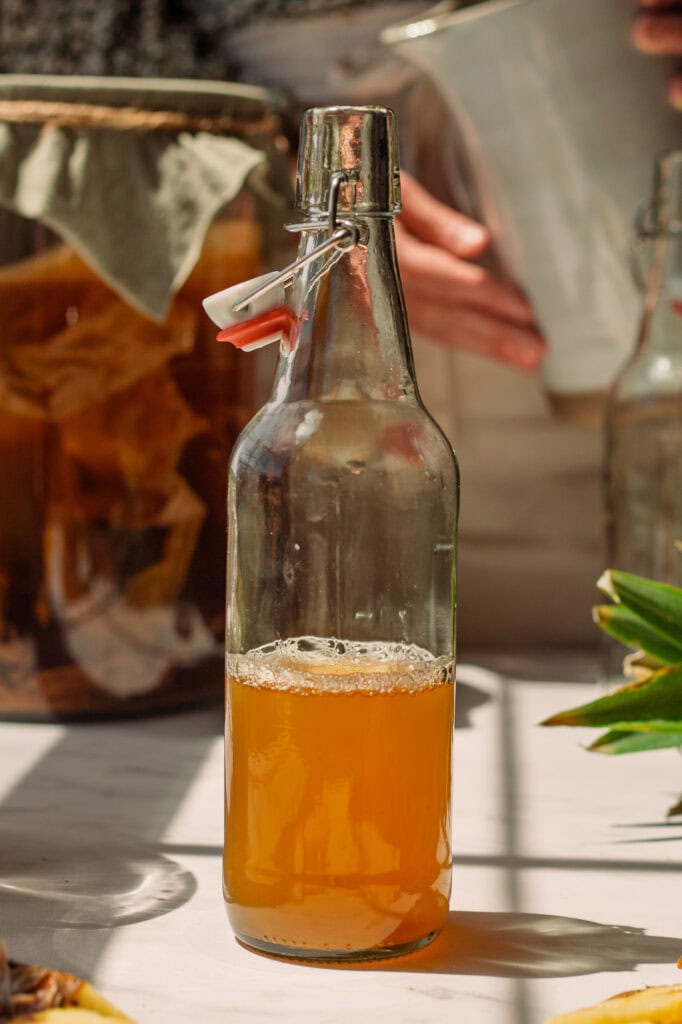
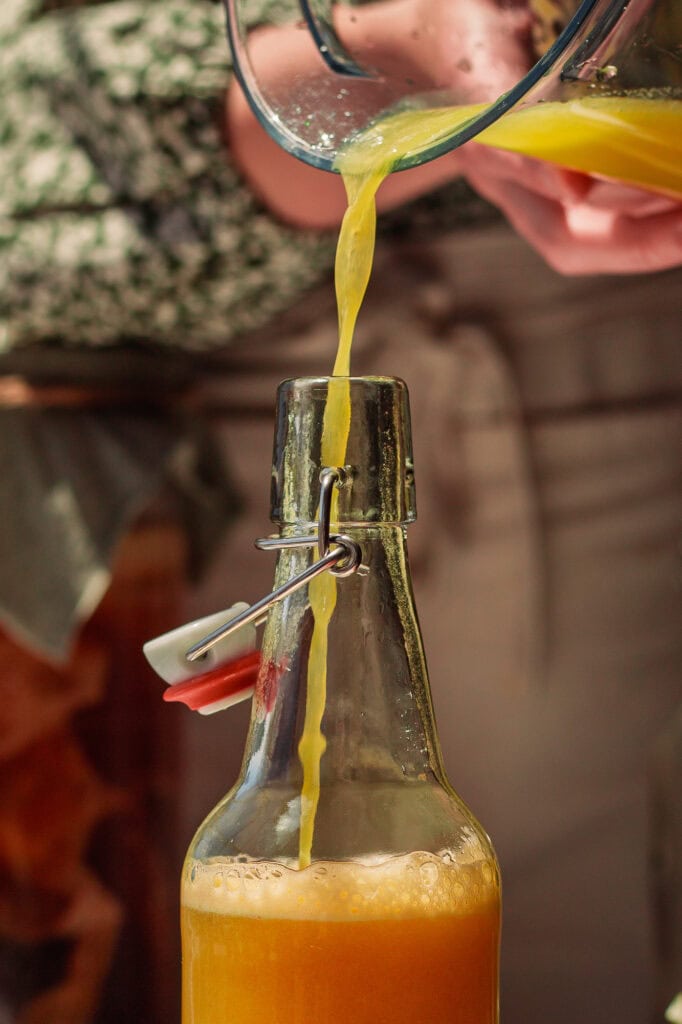
Two Ways to Make This Pineapple Kombucha
Pineapple is one of the most vibrant and universally loved flavors you can infuse into kombucha, especially in the heat of summer when you’re craving something tropical and refreshing.
And here’s the best part: you can make this recipe with fresh-pressed pineapple or high-quality bottled juice. Below are my two go-to methods for packing your kombucha with bright, juicy pineapple flavor during the second fermentation:
- Fresh Pineapple Juice: Fresh, ripe pineapple gives your kombucha the boldest tropical flavor. Choose organic pineapple and juice it using a blender or juicer. Since fresh juice contains wild yeasts and microbes from the pineapple’s skin and environment, I recommend simmering it briefly and cooling it before adding it to your kombucha. This helps reduce the risk of off-flavors or unexpected fermentation while preserving that sunny natural flavor. I also strongly recommend using organic or homegrown, especially if you plan to juice the skins.
- Store-Bought Pineapple Juice: Bottled pineapple juice is convenient and works beautifully when fresh pineapple is unavailable. Look for 100% juice with no added sugars or preservatives. Some brands may blend pineapple with other fruits like apple or orange, which can still create a delicious booch, but the flavor will be slightly mellow and less distinctly pineapple-forward than fresh juice.
- Other ingredients: I added organic coconut water and organic lime juice to make this recipe perfect for summer. This balances out the flavor and makes it so refreshing!
If you use fresh-pressed pineapple juice, you will have leftover pineapple skins and pulp. Please don’t waste it! Turn your pineapple scraps into vinegar using my How to Make Pineapple Vinegar from Pineapple Scraps recipe.
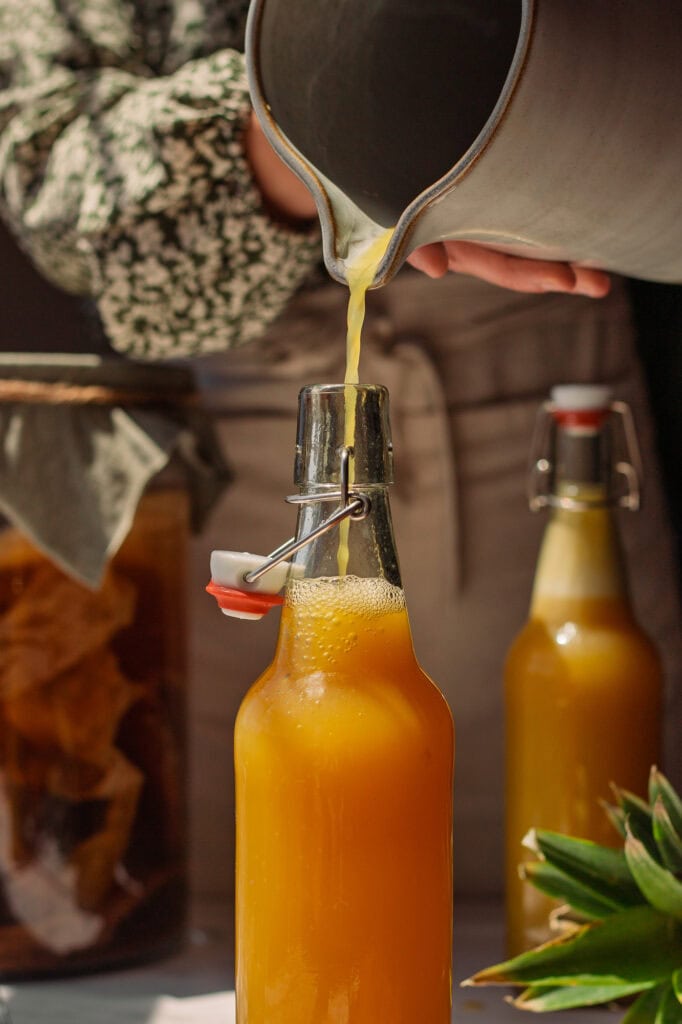

What is Kombucha Secondary Fermentation
Secondary fermentation is when kombucha transforms from tangy fermented tea into a fizzy, flavorful probiotic drink. First, once the initial fermentation is complete, you remove the SCOBY and transfer the fermented tea into carbonation-safe bottles. Then, you add a little sugar (in this case, pineapple juice, coconut water, and lime juice). This added sugar feeds the remaining yeast and bacteria, triggering a second round of fermentation inside the sealed bottles.
As the yeast consumes the sugars, it produces natural carbonation, creating the satisfying effervescence kombucha is known for. Beyond just adding fizz, secondary fermentation is also where kombucha develops deeper, more complex flavors. The additional fermentation time allows the ingredients (fruit juice, herbs, or spices) to infuse into the tea, balancing its acidity and enhancing its taste. This process also continues to enrich the probiotic content, making kombucha more enjoyable to drink and even more beneficial for gut health.
Secondary fermentation results in a bubbly, flavorful booch packed with beneficial microbes and nutrients, without artificial carbonation or sweeteners.
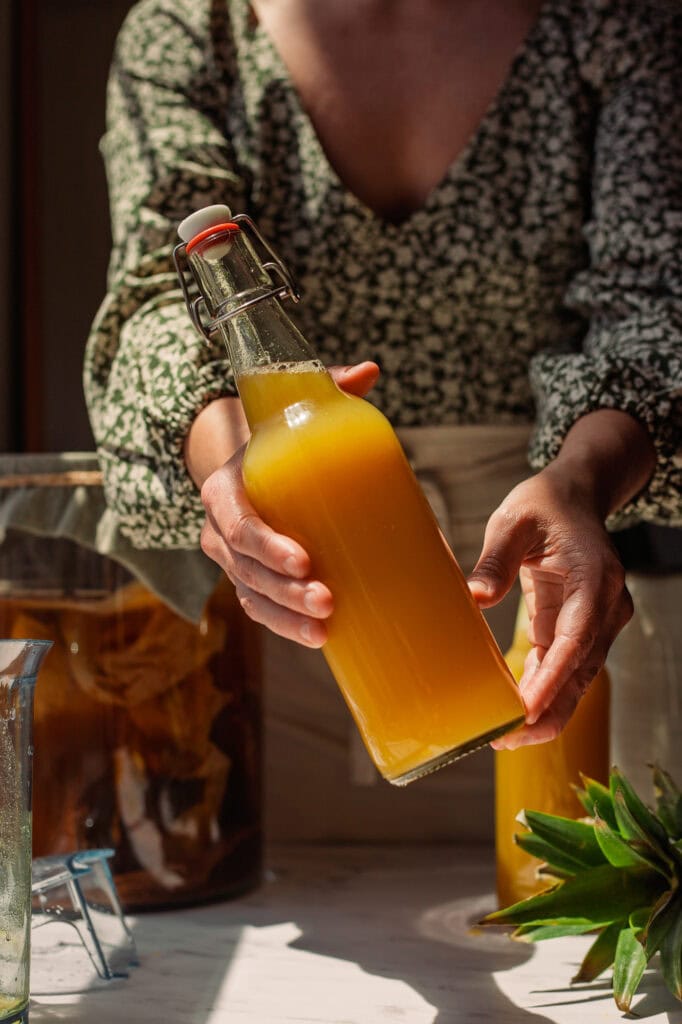
Kombucha Fermentation Supplies
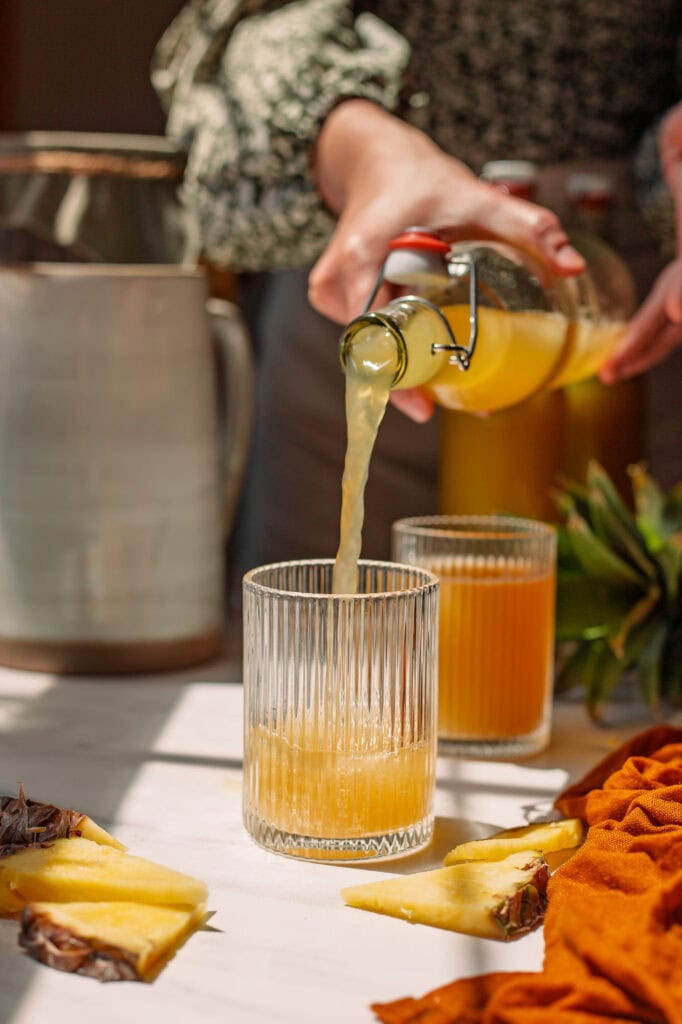
What is the best ratio of fruit juice to kombucha?
The juice ratio is slightly adjustable. The best ratio for lower sugar is 3 parts kombucha and 1 part juice. As with this recipe, I do half kombucha, half juice for slightly sweeter.
Is Pineapple Kombucha Alcoholic?
Yes and no. Like all kombucha, pineapple kombucha naturally contains a trace amount of alcohol due to the natural mixed fermentation. Most homemade and store-bought kombucha contains less than 0.5% alcohol by volume, classifying it as non-alcoholic. However, alcohol levels can vary slightly depending on how long it ferments and the sugar content of added ingredients like juice and coconut water.
Less sugar in secondary fermentation means less alcohol.

Tropical Pineapple Kombucha with Fresh or Bottled Juice
Learn how to make tropical pineapple kombucha with fresh or bottled juice. This bright, bubbly brew is refreshing, gut-friendly, and perfect for summer sipping!
- Prep: 10 minutes
- Total Time: 120 hours 10 minutes
Ingredients
- about 3 cups fermented sweet tea from primary fermentation
- 2 cups pineapple juice
- 1/2 cup coconut water
- 1/2 cup lime juice
Instructions
- It is vital that you use carbonation safe bottles for secondary fermentation. This recipe makes 6 cups, so I use three 16-ounce bottles. You can use fresh pressed juice (see notes) or bottled pasteurized juice; both work great (ensure it’s 100% juice, no additives).
- Mix the pineapple juice, lime juice, and coconut water.
- Fill a carbonation safe bottle about 1/2 full with fermented sweet tea from primary fermentation.
- Top off the bottle with the juice mixture so there is about an inch of headspace left in the bottle.
- Secure the bottle lid and gently invert it a couple of times to mix.
- Allow it to ferment at room temperature (70-80 degrees F) for about 5 Days.
- Carefully open the lid to see if it is carbonated to your liking. If it is refrigerate, if not continue to ferment for a few more days, carefully checking the carbonation again.
- Keep refrigerated.
Notes
- If you press your own juice, you can juice the pineapple skins, too. Wash the pineapple well first. Also, I strongly suggest sticking to organic or homegrown pineapple. Conventional pineapples are often sprayed with high levels of toxic fungicides.
- Use the pineapple scraps from juicing to make our Pineapple Vinegar
- If using fresh pressed juice I suggest heating it to 145° F for a few minutes then cooling before using. This ensures no wild microbes get introduced into the kombucha.
- The juice ratio is slightly adjustable. The best ratio for lower sugar is 3 parts kombucha and 1 part juice. For slightly sweeter, as with this recipe, I do half kombucha half juice.


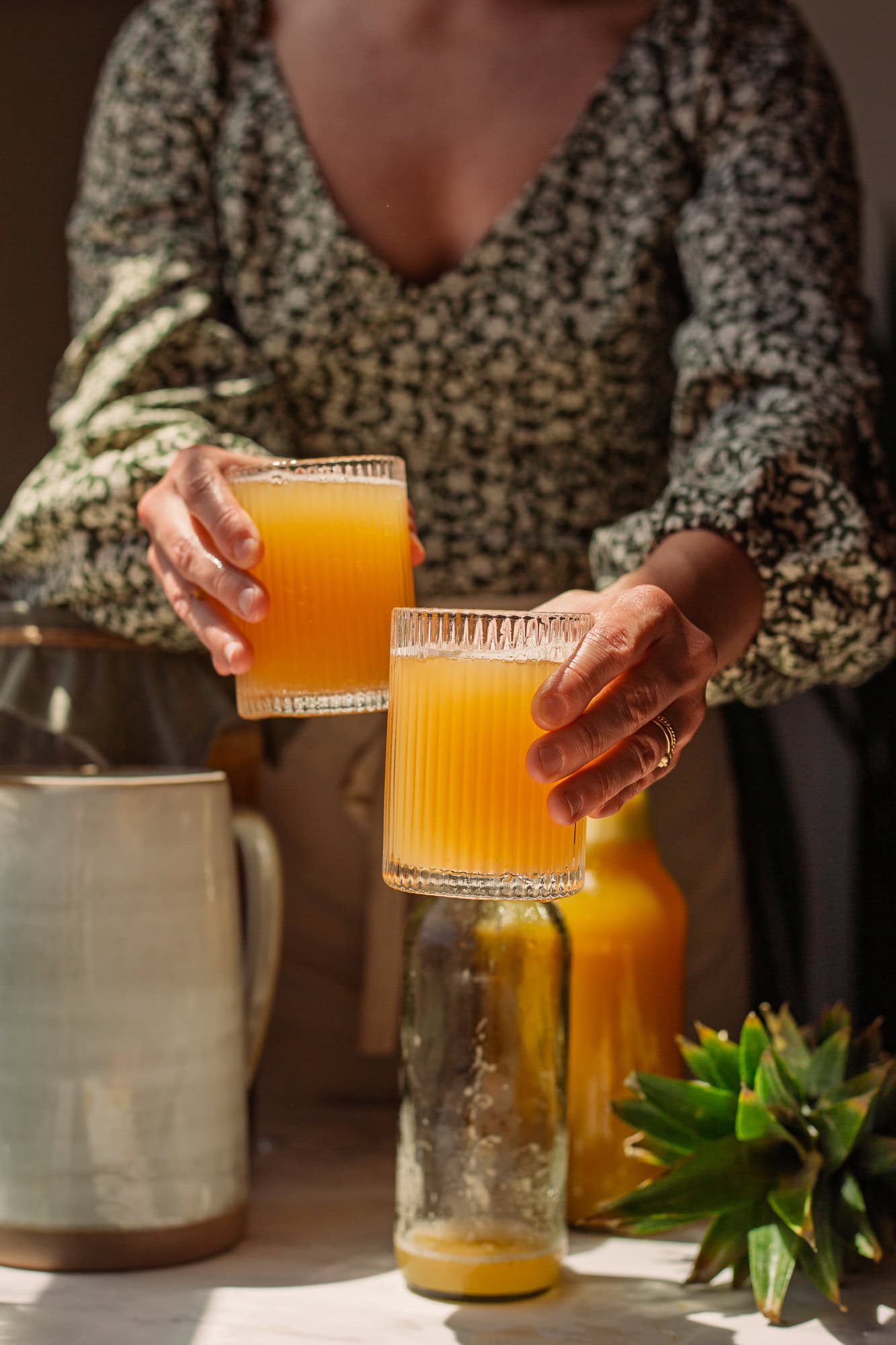
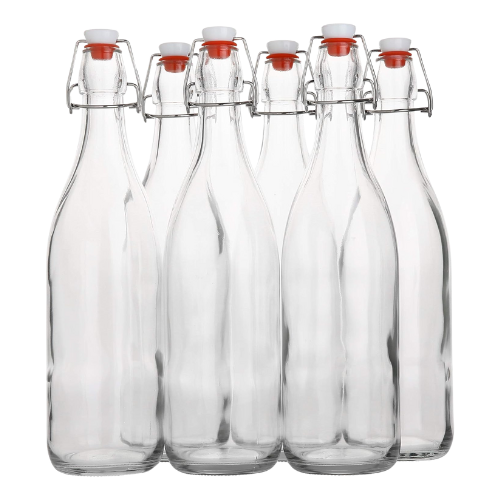

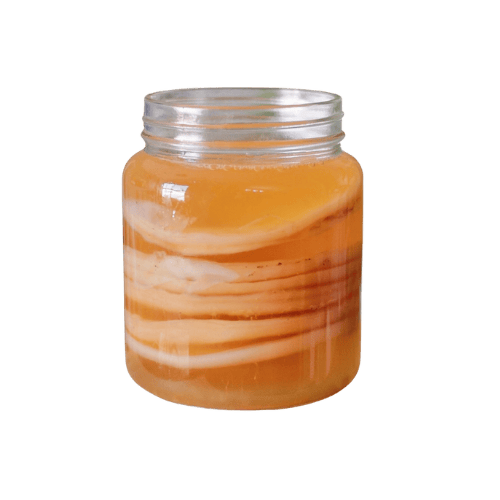
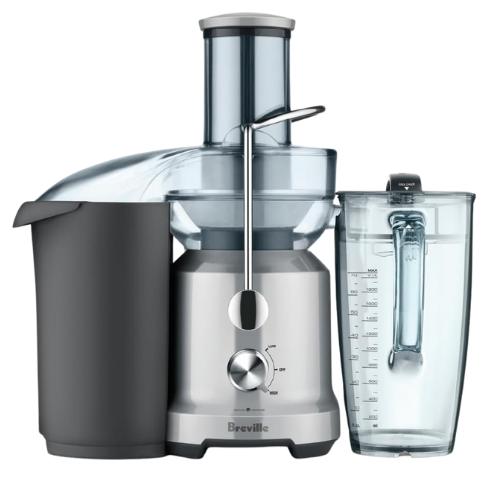
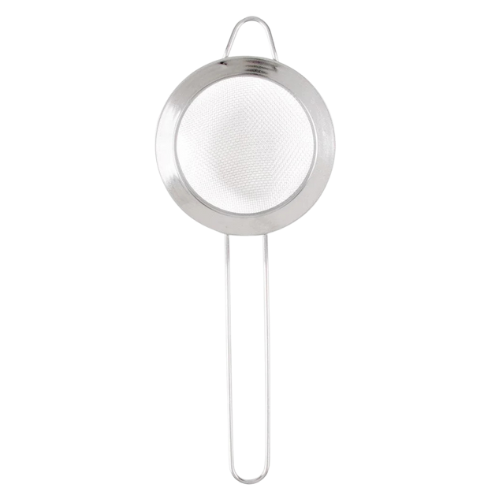
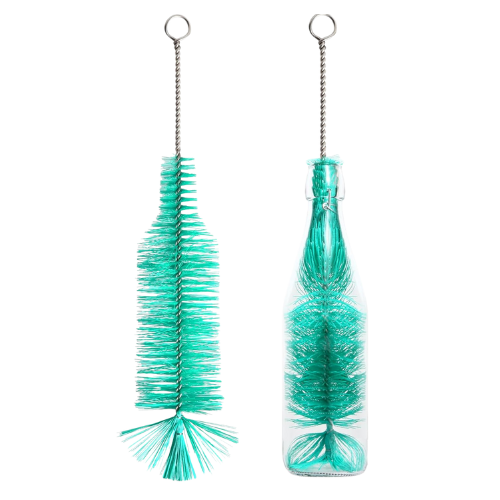
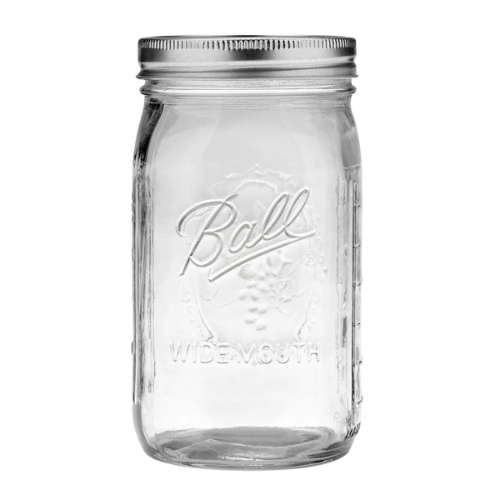
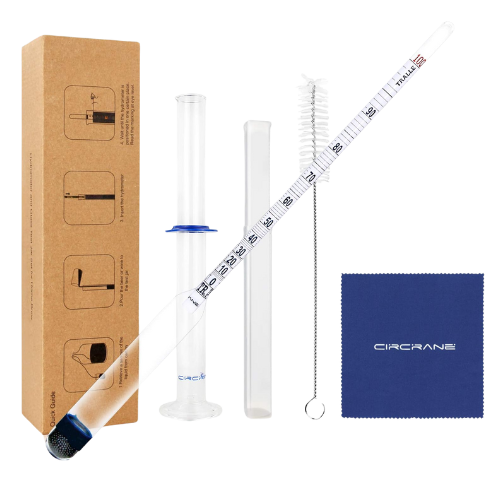


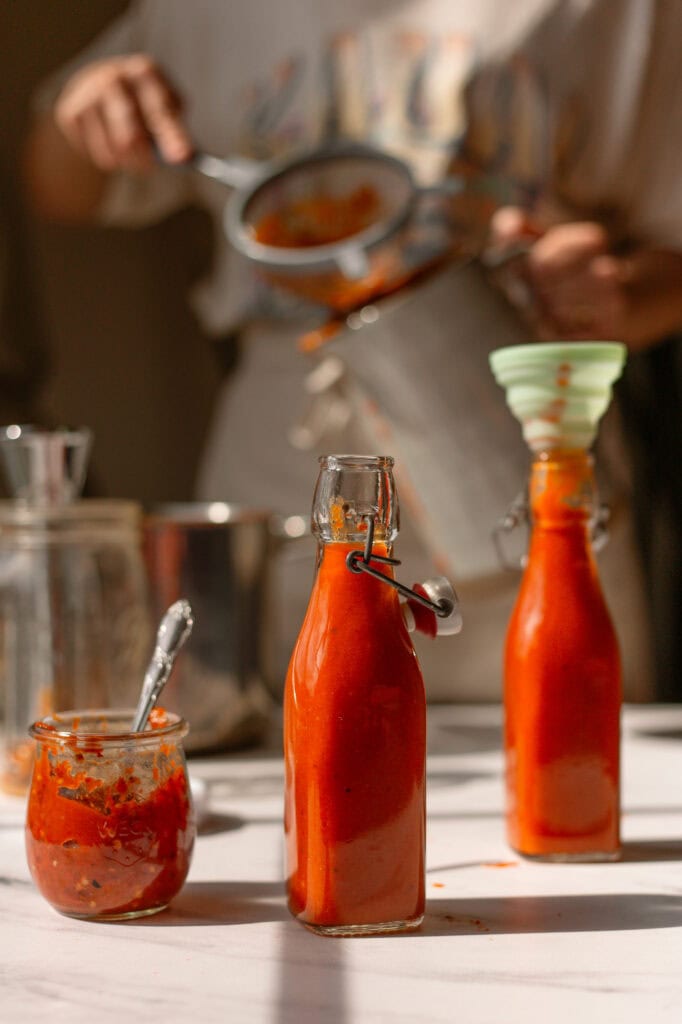





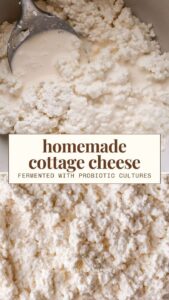


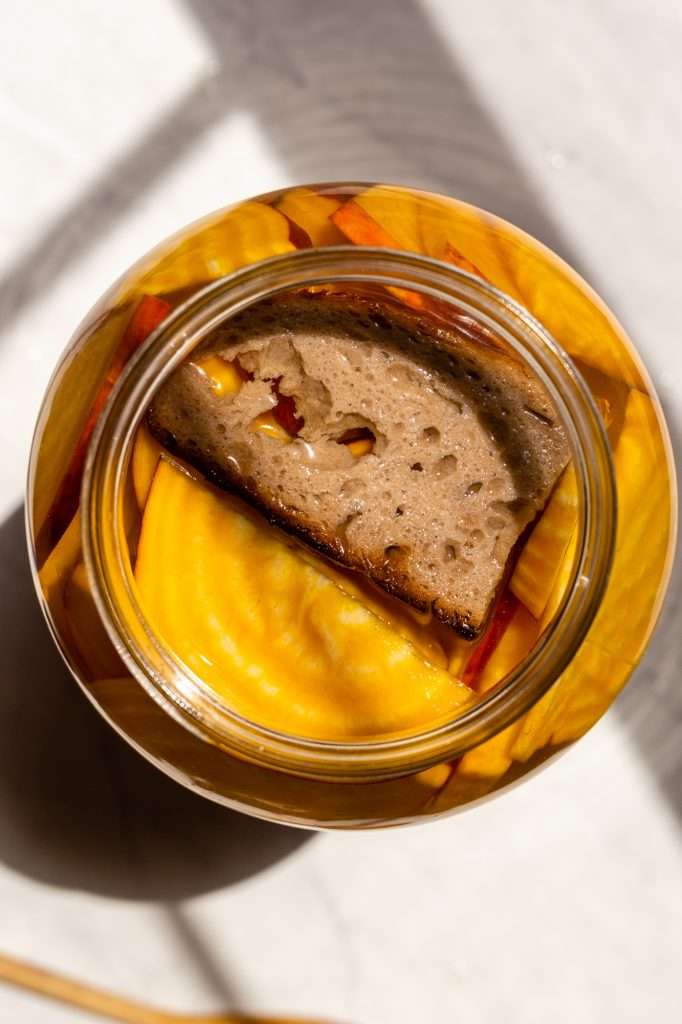
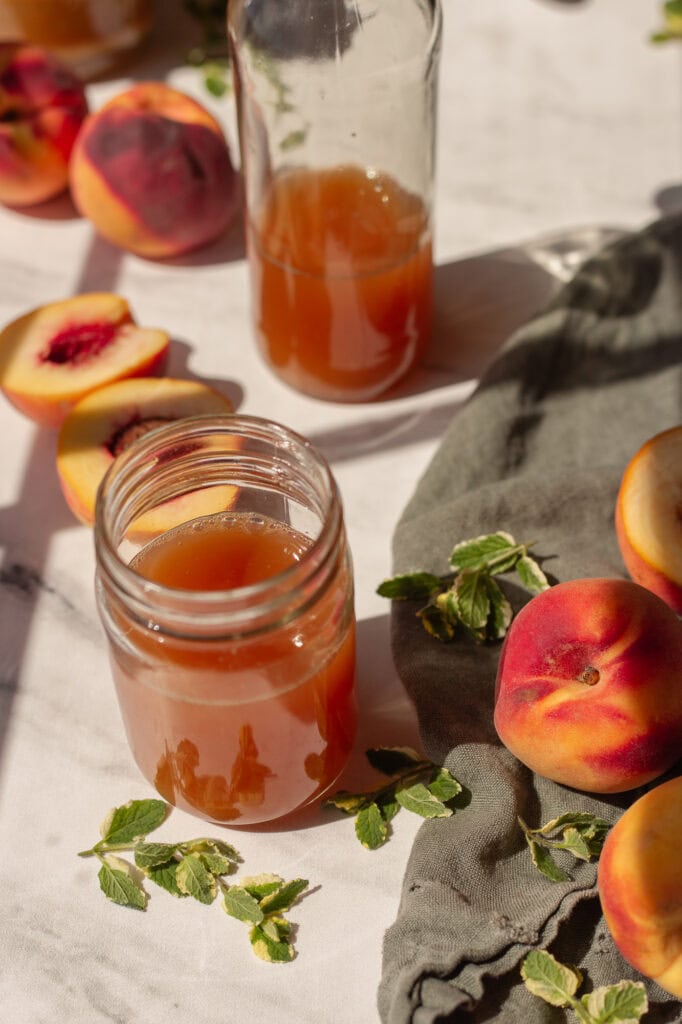

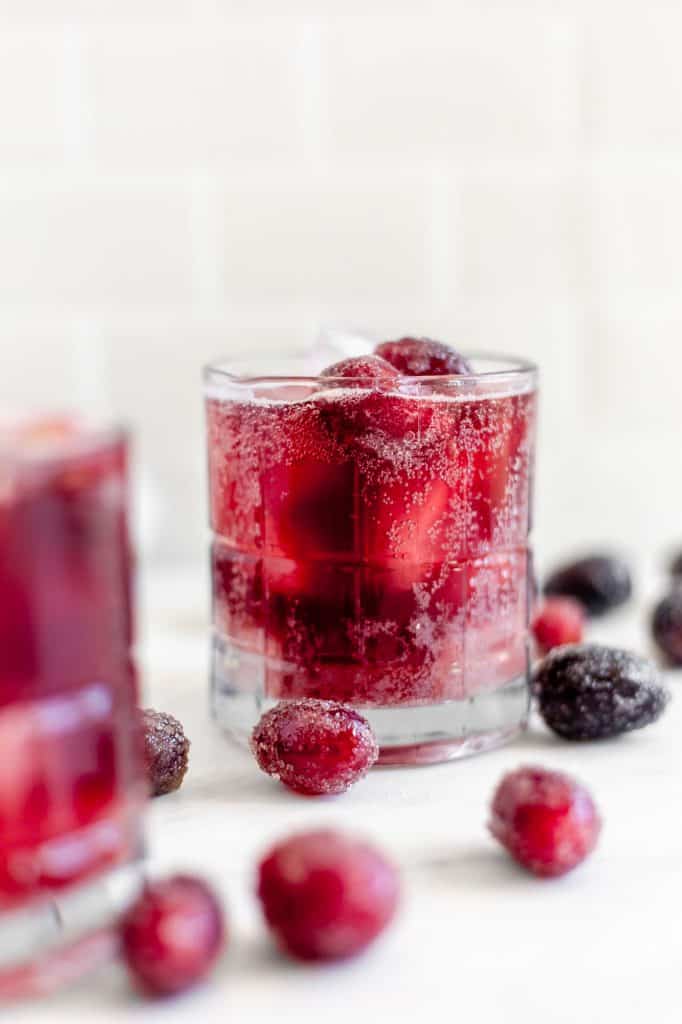

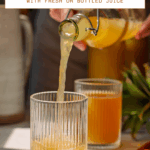
I didn’t read the notes at the bottom about heating the pressed pineapple skin juice! Ack… is my kombucha going to be gross?
it might be okay. If your primary is pretty acidic and it smells right and tastes right it’s probably fine. Don’t drink it if anything is off about it.